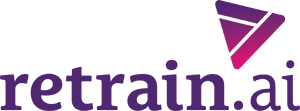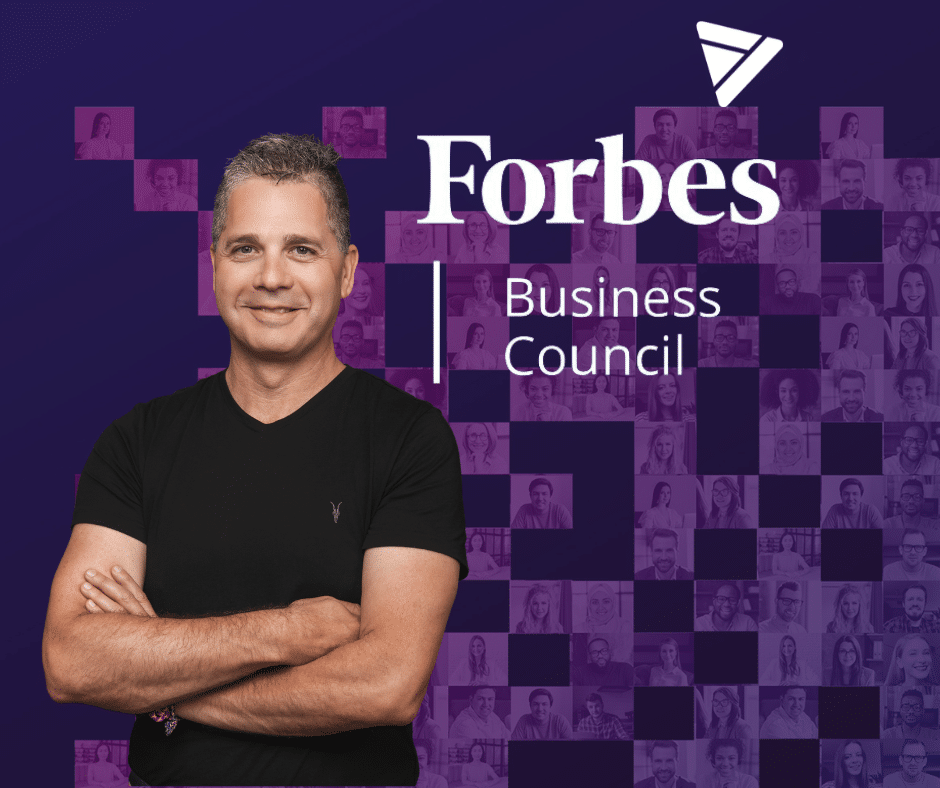This article was originally published on Forbes.com
In a recent article, I shared my thoughts about the implications of the rapid adoption of automation and Artificial Intelligence, bringing to the labor market unprecedented upheavals. I analyzed how the rise of new occupations and the growing demand for new skills create a skills-gap that continues to widen, creating systematic unemployability for those who stay behind, and a growing shortage of qualified labor, which limits business outcomes for talent-starved businesses worldwide.
Evidently, given the magnitude of the skills gap, the need for new approaches for reskilling and upskilling employees and preparing them for the future of work is more acute than ever. In this second article in the series we will discuss some strategies for overcoming upskilling at scale.
Background – Why We Need a New Approach
Companies have always been dependent on their employees’ abilities to perform their tasks most effectively and efficiently, and therefore, built comprehensive training programs. Covid-19 accelerated the need for reskilling/upskilling and indeed 42% of companies stepped up their training efforts after the pandemic. However, with the recent changes in occupations and skills, many organizations lack a proper skills taxonomy and do not have data about the new skills required to optimize their changing business. This lack of a comprehensive approach to skilling makes it difficult to tailor personal and successful training programs that cater to individual career paths while optimizing for organizational workforce planning.
Recent numbers show that existing approaches are not working; despite massive investment in training 70% of employees report not having mastery of the skills needed to do their jobs. Alarmingly, only 12% of employees apply new learned skills to their jobs. A big reason for this failure is that we’re not teaching the employees what they need to know.
So the central question for HR executives becomes, “how do we solve the skills gap at scale and make sure that our employees gain the skills we really need?” There is, of course, no silver bullet for eliminating the skills gap, but there are three interlocking strategies that, particularly when combined, would put any organization on the right path:
- Partner with learning institutions that increase diversity;
- Introduce MOOCs;
- Use data and algorithms instead of hunches and gut feelings, to optimize learning & development.
We’ll review the first strategy below and the last two in a future article.
Foundation Strategy I: Increase soft skills diversity
Most tasks in an organization require collaboration, active listening, problem-solving, and other ‘soft skills’. Ask CEOs of any major corporation if they want their company to be more diverse and inclusive, and the answer will be a resounding yes. Developing a more diverse workplace is a competitive advantage because it provides a diverse soft skills base and fresh perspectives, boosts creativity and helps companies create better products and services.
By becoming more inclusive, corporations create a culture that enables diversity to thrive by valuing the unique contributions of each employee, fosters equality in the workplace, and helps in attracting and retaining the best talent while diversifying the soft skills pool. Very clearly, more diverse organizations do better on pretty much every business measure from profits to capturing of new markets.
So foundational strategy number one is to recruit a diverse talent pool. A good way to do that is to look at candidates that come from educational backgrounds built on diversity. Now ask the same CEO what is their greatest challenge in achieving these strategic business goals and the answer is almost always the same – there are not enough qualified diverse candidates in their job applicant pool.
So any business that is serious about diversifying their workforce, cannot settle for the status quo but instead needs to partner with colleges and universities that cater to a much wider and diverse student body. This diversity includes, but is not limited to, racial, ethnic, gender, sexual orientation, age, working adults, and first-generation students. The two biggest roadblocks to increasing diversity in higher ed are the high cost of tuition and the lack of flexible academic programs. An excellent example of a learning partner that maximizes access and affordability while providing high-quality academic programs is University of the People, an online American-accredited university that charges no tuition.
This non-profit organization challenges the existing academic models by offering FREE fully accredited undergraduate and graduate programs. Students must be accepted through an admissions process to enroll. In addition to offering certificates and various levels of degrees, they provide students with mentorship within their respective industries.
In the past year alone, enrollment at UoPeople has doubled to over 65,000 students in more than 200 countries. UoPeople is able to provide this ultra-low-cost education because of its unique business model that includes being completely online (no costly buildings to maintain), using free open-source educational materials, the extensive use of volunteer administrators and faculty, and utilizing the latest online teaching technology.
As a result, the University of the People is one of the most diverse colleges in the world with 30 percent of its U.S. students identifying as black, compared to only 14 percent of all American college students according to the U.S. Department of Education. Approximately 60 percent of its students are the first in their families to enroll in college, compared to 33 percent first-gen students nationally. 50 percent of its students are parents, while only 22 percent of college students nationwide have children according to the Institute of Women’s Policy Initiative.
Key Takeaway: By partnering with an institution like UoPeople, organizations can ensure that they create the widest possible soft skills talent pool, and that is a great start.
But what if the talent is missing specific skills and knowledge, particularly technical skills which are in high demand? We’ll discuss that next. Stay tuned.










